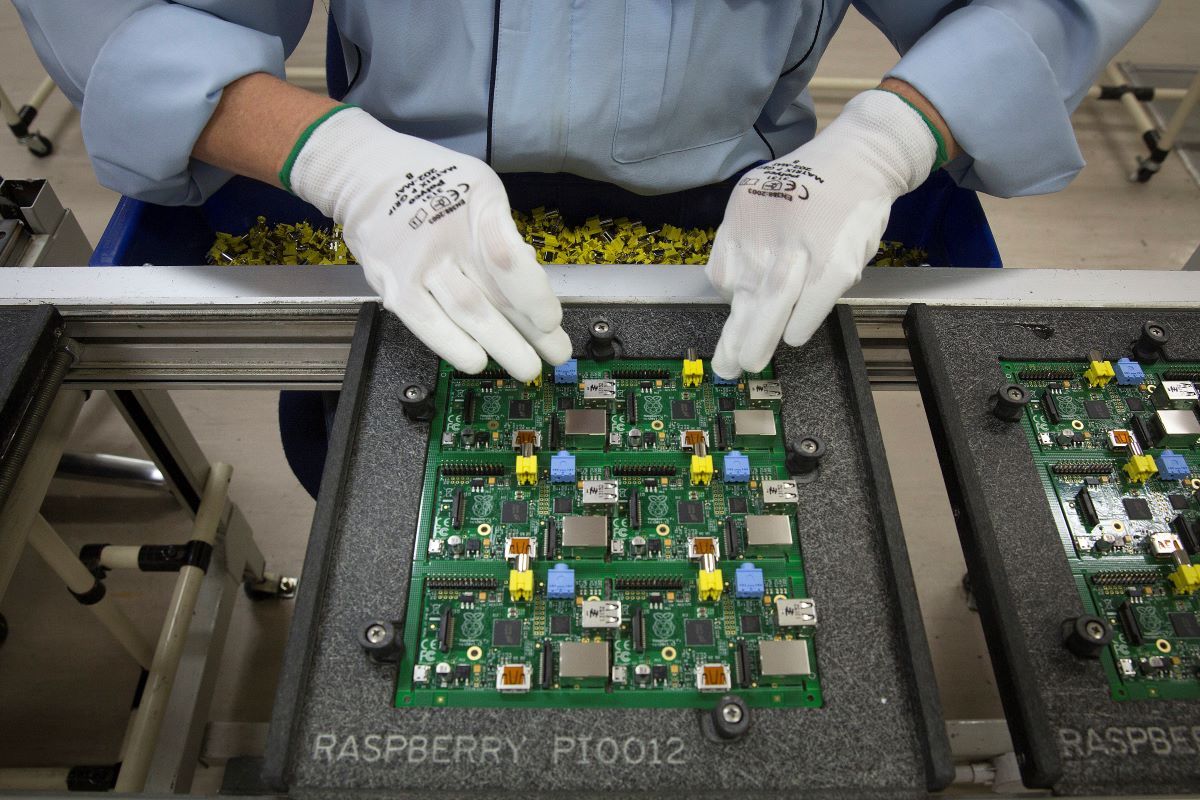The Raspberry Pi, that tiny single-board computer that’s been all the rage in recent years, is about to take another step forward by returning to the International Space Station (ISS) with better specs. The British-designed computer was first sent into space by British European Space Agency (ESA) astronaut Tim Peake in December 2015, as part of the Principia mission. The computers were then programmed by 54,000 students from 26 countries for tasks such as observing Earth from space and observing the activities of International Space Station crew members.
ESA has launched two programming competitions, called Mission Zero and Mission Space Lab. It is aimed at budding developers responsible for coding a program in the Python language. Mission Zero invites young people to write a program in Python to take a humidity reading aboard the International Space Station, which will be shown to astronauts with a personalized message. The Mission Space lab is allowing teams of young people to conduct science experiments on Astro Pi units aboard the International Space Station.
“The challenge is to design and write a program for a science experiment that improves our understanding of life on Earth or in space,” says the European Space Agency. ESA’s new Pi units are a Raspberry Pi 4 Model B with 8GB of memory, and include a high-quality Raspberry Pi camera, a Google Coral machine learning accelerator, a color and light sensor, and a passive infrared sensor. There is also a gyroscope, accelerometer, magnetometer, and sensors to measure humidity, temperature and pressure. Finally, a set of light-emitting diodes (LEDs) provide visual feedback.
Revival comes from elsewhere
“New equipment allows teams to design new types of experiments,” explains ESA. The new equipment will allow the crew to take clearer pictures of the Earth in color. It also allows the use of a better quality optical filter with an infrared sensitive camera. ESA adds: “With the Machine Learning Accelerator, teams will also be able to develop machine learning models that enable high-speed, real-time processing.”
The Astro Pi units will be launched into space in December and are expected to be in use by 2022.” The Astro Pi units, in their space-ready aluminum enclosures, will travel to the International Space Station in December aboard a SpaceX Dragon Cargo rocket launched from the Kennedy Center Once the resupply craft docks with the International Space Station, the modules will be unloaded and prepared to be ready to run code for Astro Pi participants in 2022.”
As a reminder, the pandemic has had repercussions on the production of the Raspberry Pi dedicated to space. “Manufacturing has become much more difficult because of the pandemic, especially because we did not have access to the factory and had to interact through video calls,” says Olympia Brown of the Raspberry Pi.
“With the enclosure and hardware ready, we were able to proceed with the massive set of tests required before any equipment could be used on the International Space Station. These included vibration tests, to make sure the Astro Pi units would withstand the rigors of launch; thermal tests, to make sure the units don’t get too hot when touch them; and rigorous military-grade electromagnetic emissions and sensitivity testing to ensure Astro Pi computers will not interfere with ISS systems and will not themselves be affected by other equipment aboard the space station.”
Source : ZDNet.com

“Certified gamer. Problem solver. Internet enthusiast. Twitter scholar. Infuriatingly humble alcohol geek. Tv guru.”






